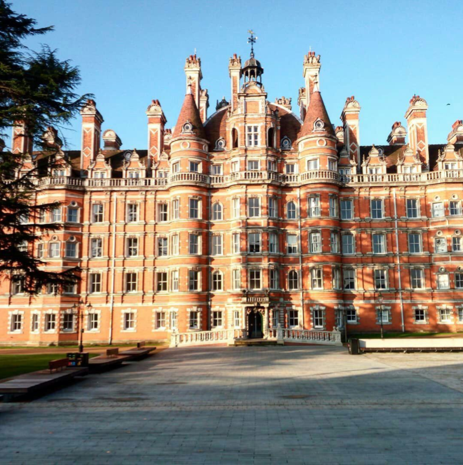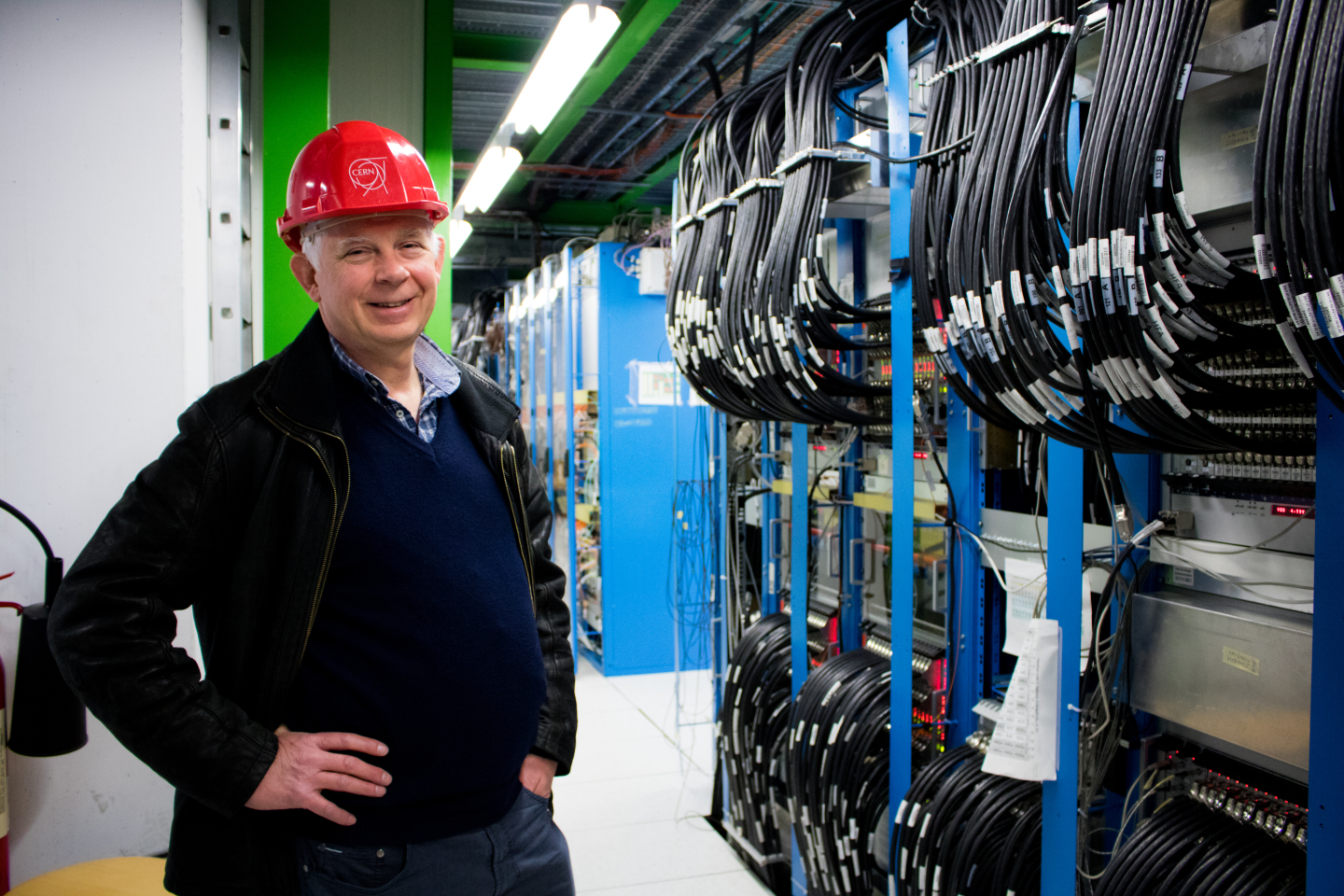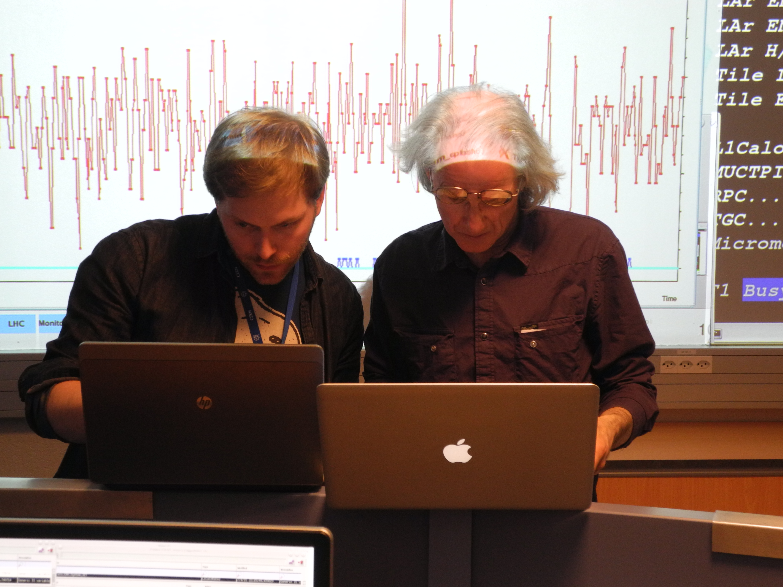Ten days of Trigger and Data Acquisition at ISOTDAQ
26 April 2019 | By

This April marked the 10th anniversary of the International School of Trigger and Data Acquisition (ISOTDAQ). It was a fantastic event that united researchers in physics, computing and engineering, ranging from undergraduate students to post-doctoral scientists. The goal of the school was to teach the "arts and crafts" of triggering and data-acquisition for high-energy physics experiments through a series of lectures and hands-on laboratory exercises.
The trigger and data-acquisition system is a critical component of any nuclear and particle physics experiment. The scope of the trigger is to select only the interesting collision events among the billions produced in an experiment. Meanwhile, the data-acquisition system is responsible for collecting the data produced by the detectors, aggregating the events and storing for further analysis. This has to be done (almost) in real time!
This edition of ISOTDAQ was held in the Physics and Electrical Engineering Buildings at Royal Holloway, University of London. The university campus was one of the best I have ever seen. It is located just outside the city of London, in a green and modern area. It was amazing to walk there in the morning, passing through a small park with plenty of squirrels, or to discover one of the many routes to get from one building to another. This year, the school attracted 55 students from all over the world! The atmosphere was always relaxed and friendly, suitable for learning the very technical topics presented.
Data-acquisition is a really interesting subject because it is an amalgam of many different fields. It combines a lot computer science, electronics and physics. In other words: it is the best career path for tech nerds. The emphasis of the school was to understand the main building blocks of a general data-acquisition system, ranging from detector readout and software programming to intelligent triggering solutions.
The life of a scientist can be really tough at times. But through conferences and schools like ISOTDAQ, one can enjoy some of the advantages of doing research.

A lot of focus was given to the most recent technological solutions, both in the lectures as well as the laboratory exercises. It was a perfect mix of theory and practice. During the hands-on sessions, we set up discriminators, scintillators and analogue-to-digital converters. This helped get us familiar with the basic elements of a typical high-energy physics experiment. Other interesting laboratory exercises included measuring the acceleration of gravity with an Arduino board and learning how to control a robotic arm with the Labview software.
As in every conference, there were also plenty of opportunities to socialize. The coffee breaks presented great occasions to talk to experts in the field and, most importantly, it was the best way to get out of the freezing cold lecture hall! Between one cookie and another this was a great time to network, make new friends or simply enjoy British tea. After a day of sessions, we had the chance to visit local restaurants and pubs - where I discovered some amazing beers I had never heard of. The main social dinner for the conference (or should I call it “Royal Dinner”) was held in the Picture Gallery of the university. It definitely felt like being at Hogwarts, in a room full of historical paintings and interesting art.
The life of a scientist can be really tough at times. But through conferences and schools like ISOTDAQ, one can enjoy some of the advantages of doing research: travelling, meeting new people, talking to experts and learning new skills. Through these experiences, we are able to advance our understanding of the complicated field of data-acquisition. It was definitely a rewarding experience and I’m looking forward to my next adventure as an ATLAS scientist!




